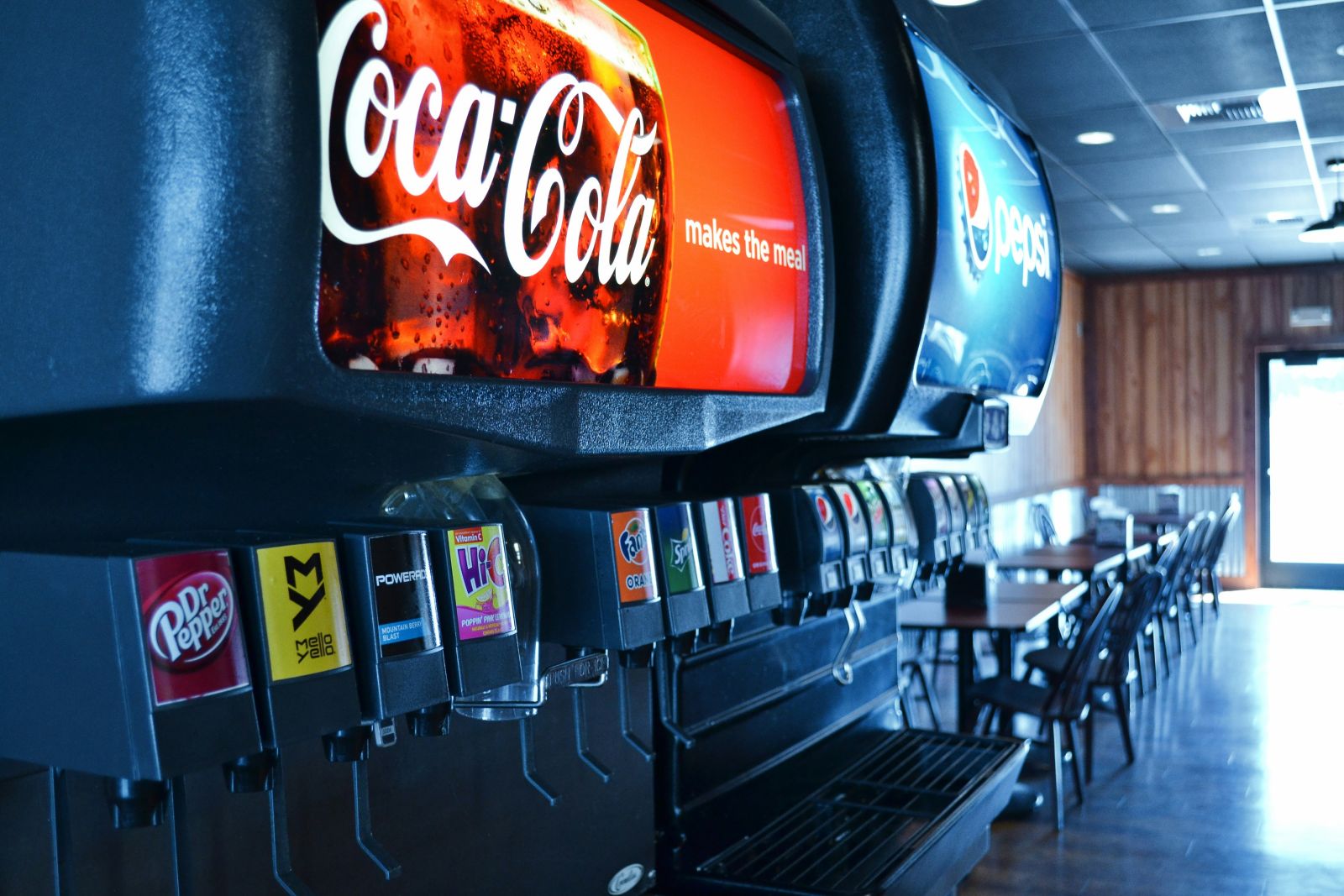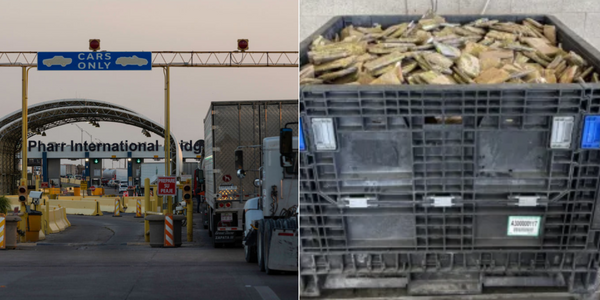
Tuesday wasn’t a great day for New Jersey-based J&J Snack Foods (JJSF), a New Jersey-based company that makes food and beverage brands such as Slush Puppies, SuperPretzel, and Hola Churros.
Its stock hit a 52-week low, its 14th in the past 12 months, and within dollars of a five-year low of $105.67, which it hit in March 2020, right in the early days of COVID-19.
I’ve followed JJSF for over a decade. Although its business is not highly followed—it has just 234 Stocktwits followers--it always manages to rebound from adversity. It’s a very resilient company.
Yesterday, it reported mediocre Q1 2025 results, which knocked its stock to a 6.5% loss by the close. JJSF is now down over 20% early in 2025.
It might look like a falling knife, but here’s why it could be the perfect time to buy.
Margins are Shrinking
The company's gross margin in the first quarter was 25.9%, 130 basis points less than a year earlier. As a result, despite a 4.1% revenue increase in the quarter, its gross profit fell by 0.7% year over year. This was due to higher chocolate, eggs, and protein input costs. Inflation remains a headwind.
Historically, however, while profitability seems weaker than usual, it's doing quite well, considering all the inflation we've experienced. In the 12 months ended December 28th, 2024, the company's gross margin was 30.5%. In fiscal 2025 (September year-end), it’s expected to be slightly lower at 30.4% but rise to 32.3% by 2027. That would be the highest gross margin since 2010.
So, looking at the bigger picture, profitability isn’t too bad at the moment.
Further down the income statement, its EBIT margin through the trailing 12 months ended December 2024 was 7.5%. The highest it’s ever been was 2014 when it was 11.8%. However, that was on revenue of $919.5 million, 42% less than today's. Over 24 years, EBIT increased in 17 of those years, with most of the damage caused by the pandemic. Its EBIT profit in fiscal 2024 was $122.8 million, almost double what it was in fiscal 2020 ($23.6 million).
It’s not fully back regarding profits, but it’s close.
Revenue Continues to Grow
Make no mistake, J&J won't be confused for a high-sales-growth tech company. However, over the past 25 years, it’s managed an average annual sales growth of 7.2%, more than acceptable for a food and beverage manufacturer.
CEO Dan Fachner said this about the company’s future in the Q1 2025 press release:
“We see many positive market catalysts in fiscal 2025, particularly in movie theaters where our customers are expected to benefit from a much stronger film slate, as well as other exciting new opportunities to drive growth across retail and foodservice … With a strong balance sheet, a talented team, and a commitment to innovation, we are well-positioned to extend our growth to create long-term value for our stakeholders.”
As J&J boosts its profitability through tactical price increases and improvements to its supply chain efficiency in the coming years, shareholders who get in now should be handsomely rewarded with 4% annual sales growth. That’s all that’s needed to move the needle.
And, as its history shows, it’s not afraid to make strategic, tuck-in acquisitions on top of organic sales growth to keep building up the business and its brands.
Its focus on food service keeps the company from generating greater investor interest is its focus on food service. This is not a sexy part of the food and beverage business but serves a purpose. In 2024, the segment generated 63% of its sales and 42% of its operating profits.
Investors who own or want to own JJSF stock must be patient with their investments. It’s down, but it’s not out.
The Valuation Is Right
Over the past five years, JJSF stock has lost nearly 28% of its value, compared to a 39% gain for the Russell 2000 and an 81% gain for the S&P 500. The dividends paid out improved the total return to nearly breakeven, which is indeed disappointing.
However, in September 2019, it hit an all-time high of $196.84. Within six months, its shares had fallen 46% to its five-year low of $105.67. On six occasions over the past four years, JJSF hit above $170--February 2020, June 2021, August 2023, December 2023, August 2024, and November 2024--so reversion to the mean suggests it will get back there at some point in the next 24 months.
When is the multi-million-dollar question?
As for valuation, its current enterprise value of $2.51 billion is 1.81x revenue, the lowest multiple since 2020, and 85 basis points lower than in September 2019 when it hit its all-time high.
Its EV is 36.08x its unlevered free cash flow of $67.7 million, the lowest multiple since March 2017. The margin is lower, but that comes back to a little less from a lot more sales. It’s fine.
Unfortunately, JJSF has limited options trading. Otherwise, I'd suggest using options to generate income while buying its stock at a reasonable price.
If you can buy shares below $120, you’re getting a bargain over the long run. Slow and steady wins the race in the food and beverage business.







